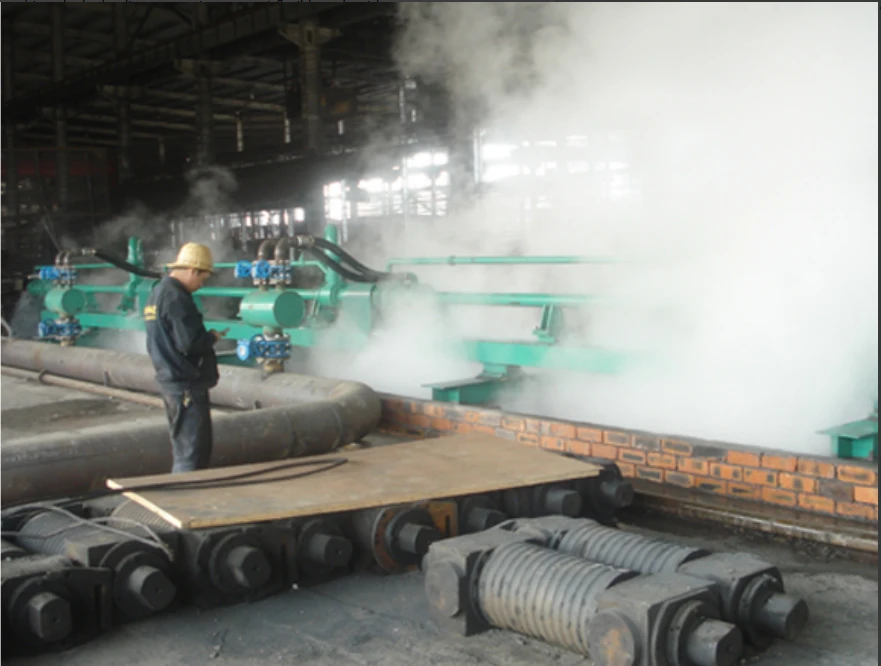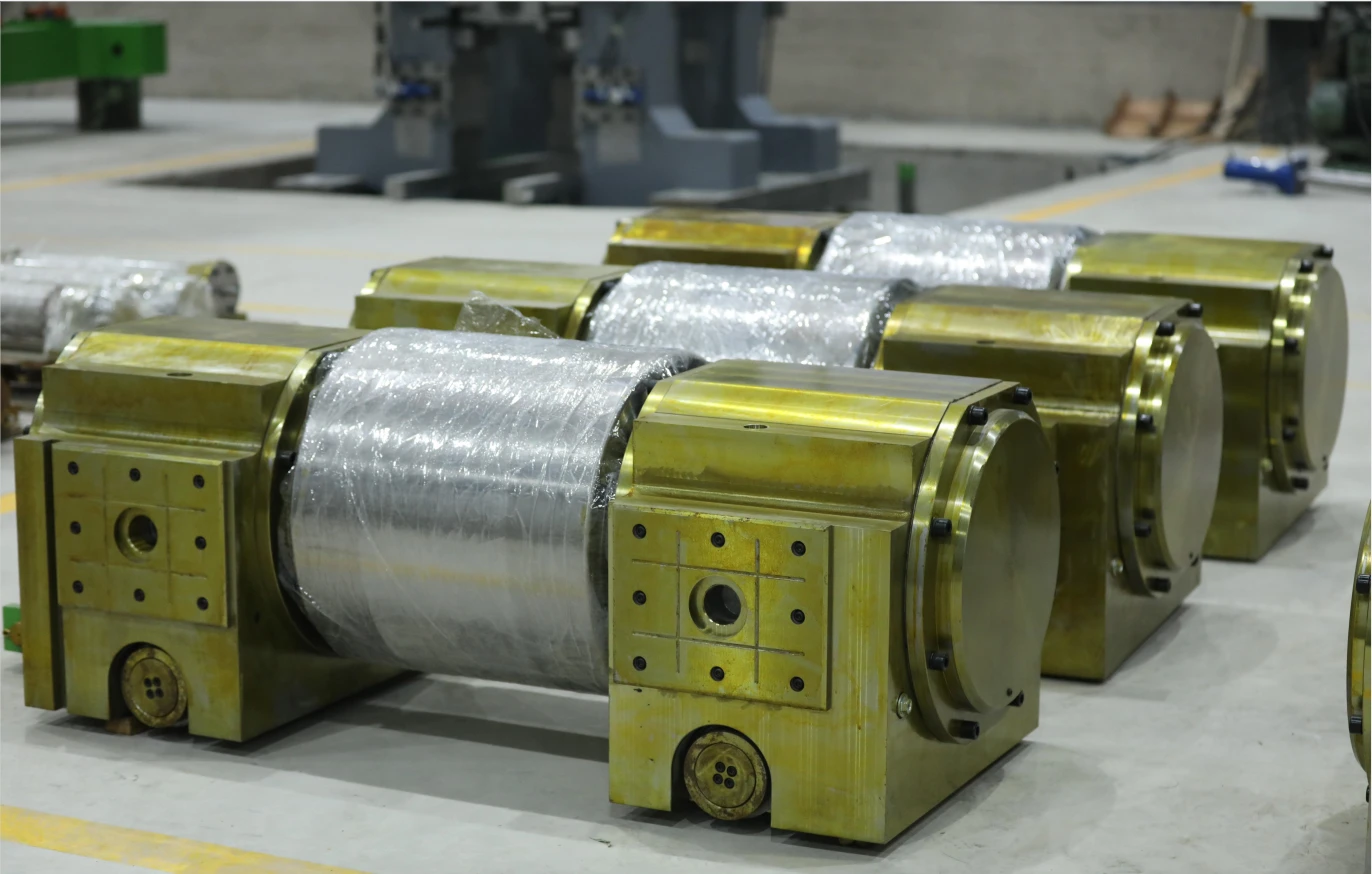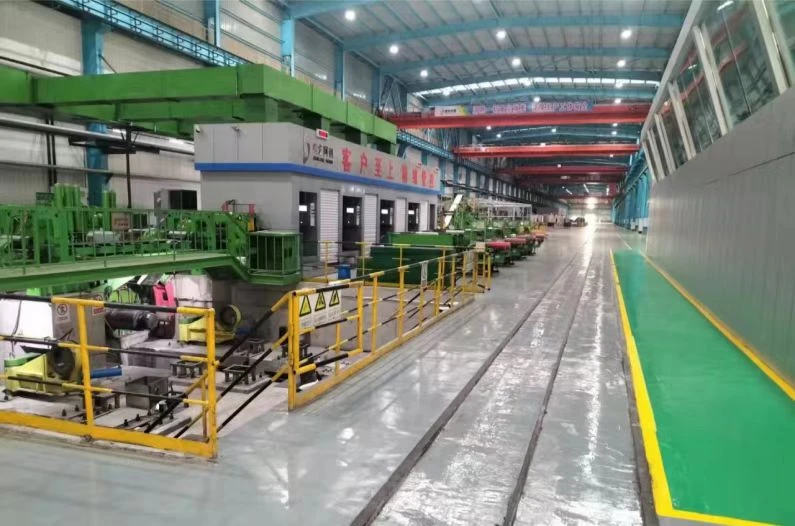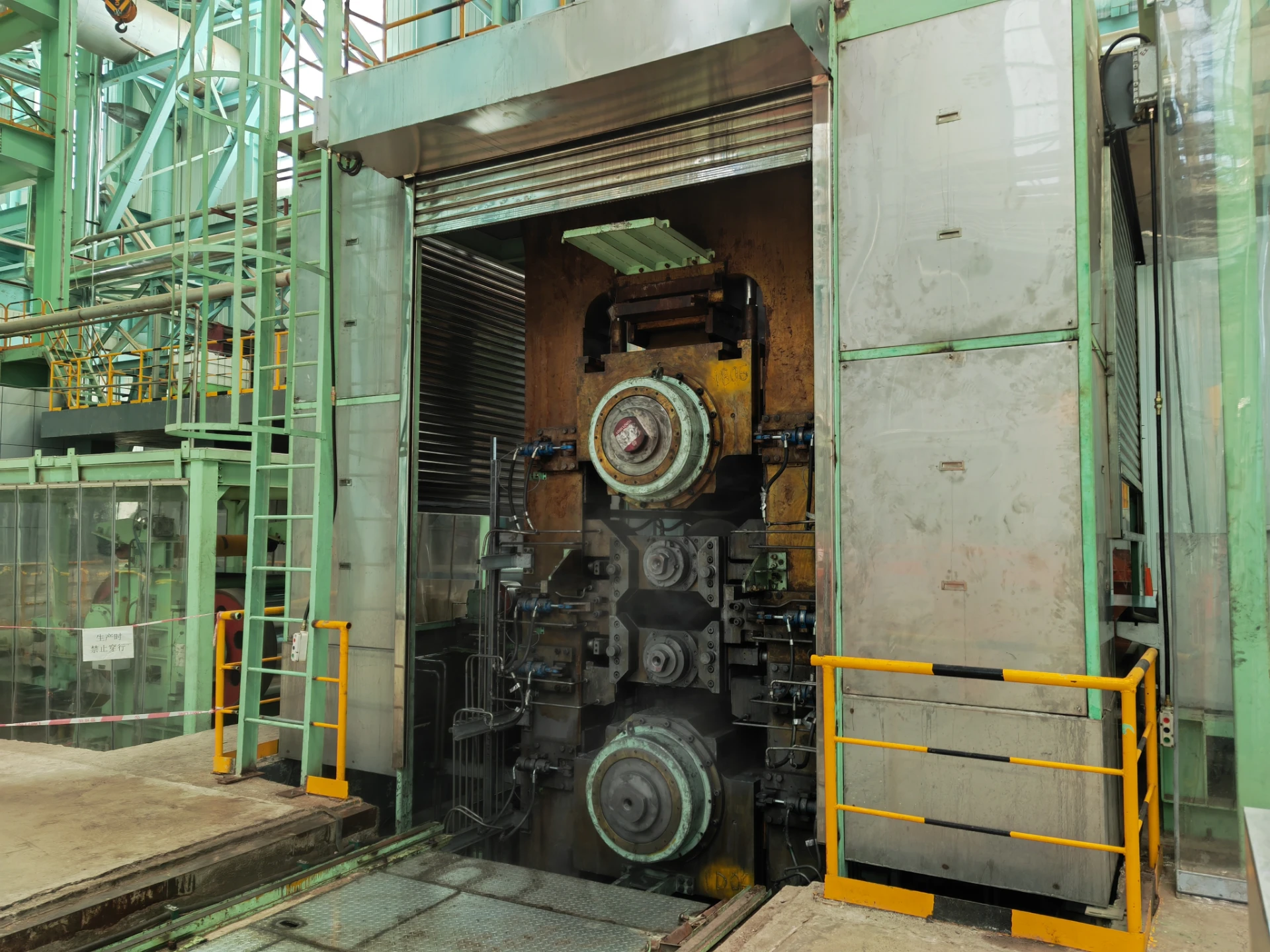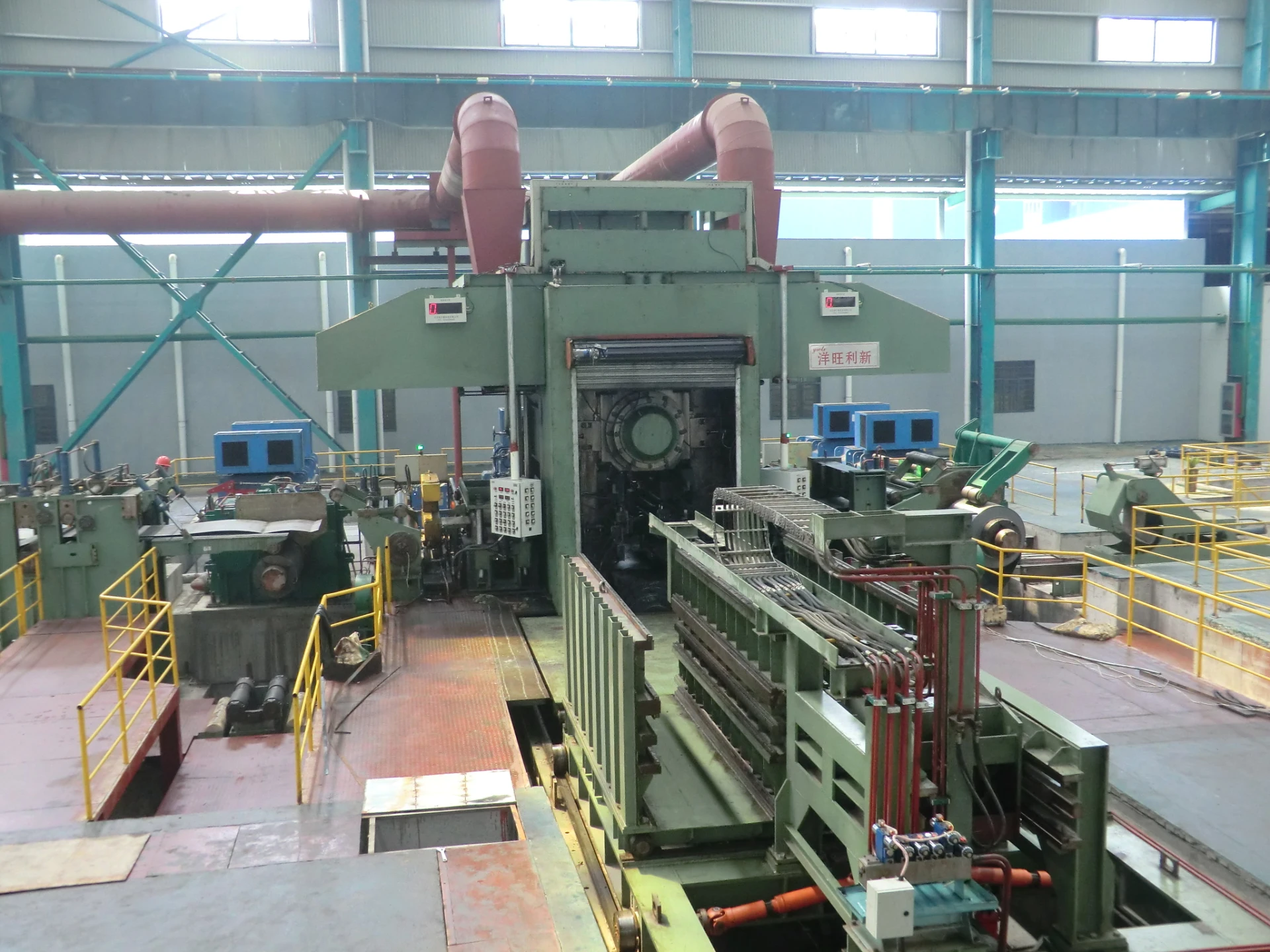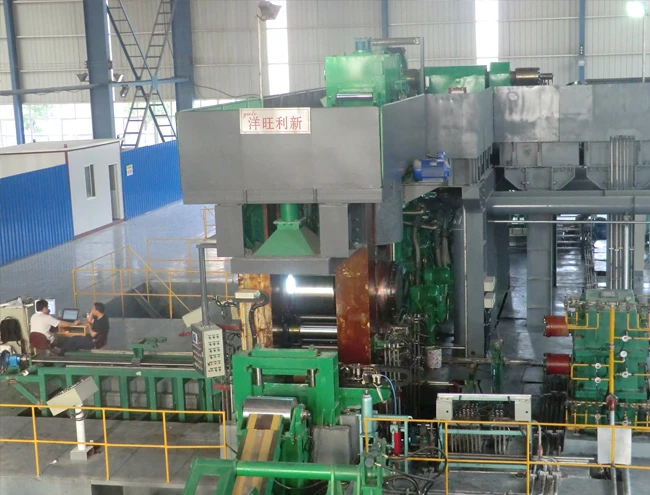
Multi-Stand Mill Coordination with Centralized AGC Control
In the high-speed production of precision steel strips, maintaining consistent thickness across the entire coil is critical. The Automatic Gauge Control (AGC) system plays a pivotal role in achieving this by continuously monitoring and adjusting roll gaps in real time. In multi-stand cold rolling mills, where steel passes through several rolling stands in succession, a centralized AGC controller ensures synchronized operation across all stands.
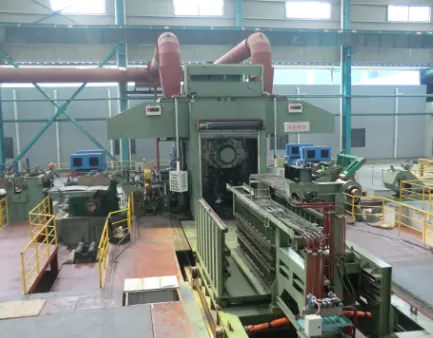
The Role of AGC in Multi-Stand Cold Rolling Mills
A multi-stand cold rolling mill relies on precise coordination between each rolling stand to maintain uniform strip thickness. Without proper control, variations in rolling force, tension, and speed can lead to gauge deviations, resulting in substandard product quality. The automatic gauge control system addresses this challenge by dynamically adjusting the roll gap at each stand using feedback from X-ray or laser thickness gauges.
In traditional setups, each stand operated with independent AGC, often leading to suboptimal coordination. However, modern centralized AGC control integrates all stands under a unified control strategy, ensuring that adjustments at one stand are compensated for in subsequent stands. This approach minimizes inter-stand tension fluctuations and improves overall rolling stability.
Hydraulic Automatic Gauge Control: Precision and Responsiveness
The shift from mechanical to hydraulic automatic gauge control has revolutionized rolling mill accuracy. Hydraulic AGC systems use high-response servo valves to adjust roll gaps within milliseconds, far surpassing the speed of traditional screw-down mechanisms. This rapid response is crucial in multi-stand mills, where even minor delays in adjustment can propagate gauge errors downstream.
Key advantages of hydraulic AGC include:
Faster response time (critical for high-speed rolling)
Higher force precision (enabling tighter thickness tolerances)
Adaptability to varying rolling conditions (such as changes in material hardness or entry thickness)
By integrating hydraulic AGC with a centralized control architecture, mills can achieve thickness variations as low as ±1 micron, meeting the stringent demands of automotive and electronics industries.
Centralized AGC Controller: The Brain Behind Multi-Stand Coordination
The AGC controller in a multi-stand mill must process vast amounts of data from load cells, thickness gauges, and tension meters to make real-time adjustments. A centralized AGC controller takes this a step further by optimizing the entire mill’s performance rather than individual stands.
This centralized approach offers several benefits:
Dynamic Inter-Stand Compensation – If one stand experiences a thickness deviation, the controller adjusts subsequent stands to correct it before the strip exits the mill.
Optimal Tension Control – By synchronizing roll gap adjustments with inter-stand tension, the system prevents strip breaks or excessive elongation.
Adaptive Rolling Strategies – The controller can switch between different rolling modes (e.g., constant gauge vs. profile control) based on real-time process conditions.
Advanced automatic pressure control algorithms further enhance stability by regulating hydraulic pressure in response to strip hardness variations, ensuring consistent rolling force across the entire coil.
Challenges in Multi-Stand AGC Implementation
Despite its advantages, implementing a centralized automatic gauge control system in a multi-stand mill presents several challenges:
1. Signal Delay and Response Synchronization
In high-speed rolling, the time delay between thickness measurement and AGC response must be minimized. Advanced predictive AGC models use machine learning to anticipate gauge deviations before they occur, improving response accuracy.
2. Stand Interaction Effects
Adjusting one stand affects downstream stands. A poorly tuned AGC controller can create oscillating thickness errors. Modern systems use model predictive control (MPC) to optimize adjustments across all stands simultaneously.
3. Material and Process Variability
Changes in incoming strip hardness or temperature require adaptive AGC strategies. Some mills integrate automatic pressure control with thermal models to compensate for these variations dynamically.
Future Trends in AGC for Cold Rolling Mills
The next generation of automatic gauge control cold rolling mill systems will leverage AI and IoT for even greater precision:
AI-Powered Predictive AGC – Machine learning algorithms analyze historical rolling data to predict and prevent gauge deviations before they occur.
Digital Twin Integration – Virtual mill simulations allow operators to test AGC strategies in a risk-free environment before applying them in production.
Edge Computing for Real-Time Adjustments – Decentralized computing at each mill stand reduces latency in centralized AGC control, enabling faster corrections.
These innovations will further reduce thickness variability, improve yield, and enhance the overall efficiency of multi-stand rolling operations.
The Critical Role of Centralized AGC in Modern Rolling Mills
The automatic gauge control system has evolved from a standalone thickness regulator to a fully integrated, mill-wide optimization tool. By adopting centralized AGC control, multi-stand cold rolling mills achieve unprecedented levels of precision, stability, and efficiency.
Key takeaways include:
Hydraulic AGC provides the speed and accuracy needed for modern high-speed rolling.
A centralized AGC controller ensures seamless coordination between multiple stands.
Future advancements in AI and IoT will push the boundaries of gauge control even further.
For steel producers looking to maximize quality and productivity, investing in advanced automatic gauge control cold rolling mill technology is no longer optional—it’s a competitive necessity.
-
Indian Clients Visit YWLX to Inspect Skin-pass MillNewsJun.22,2025
-
Typical Products from Reversing Cold Rolling ProcessNewsMay.26,2025
-
Surface Finish Improvement through Skin Pass RollingNewsMay.26,2025
-
Integration of AGC Systems in Modern Cold Rolling MillsNewsMay.26,2025
-
Cold Rolling in the Context of High-Strength Steel DemandNewsMay.26,2025
-
AGC in Hot Rolling Mills: Challenges and SolutionsNewsMay.26,2025
-
Why Reversing Cold Rolling Mills Are Ideal for Specialty MetalsNewsMay.13,2025




